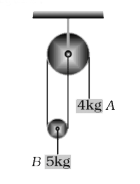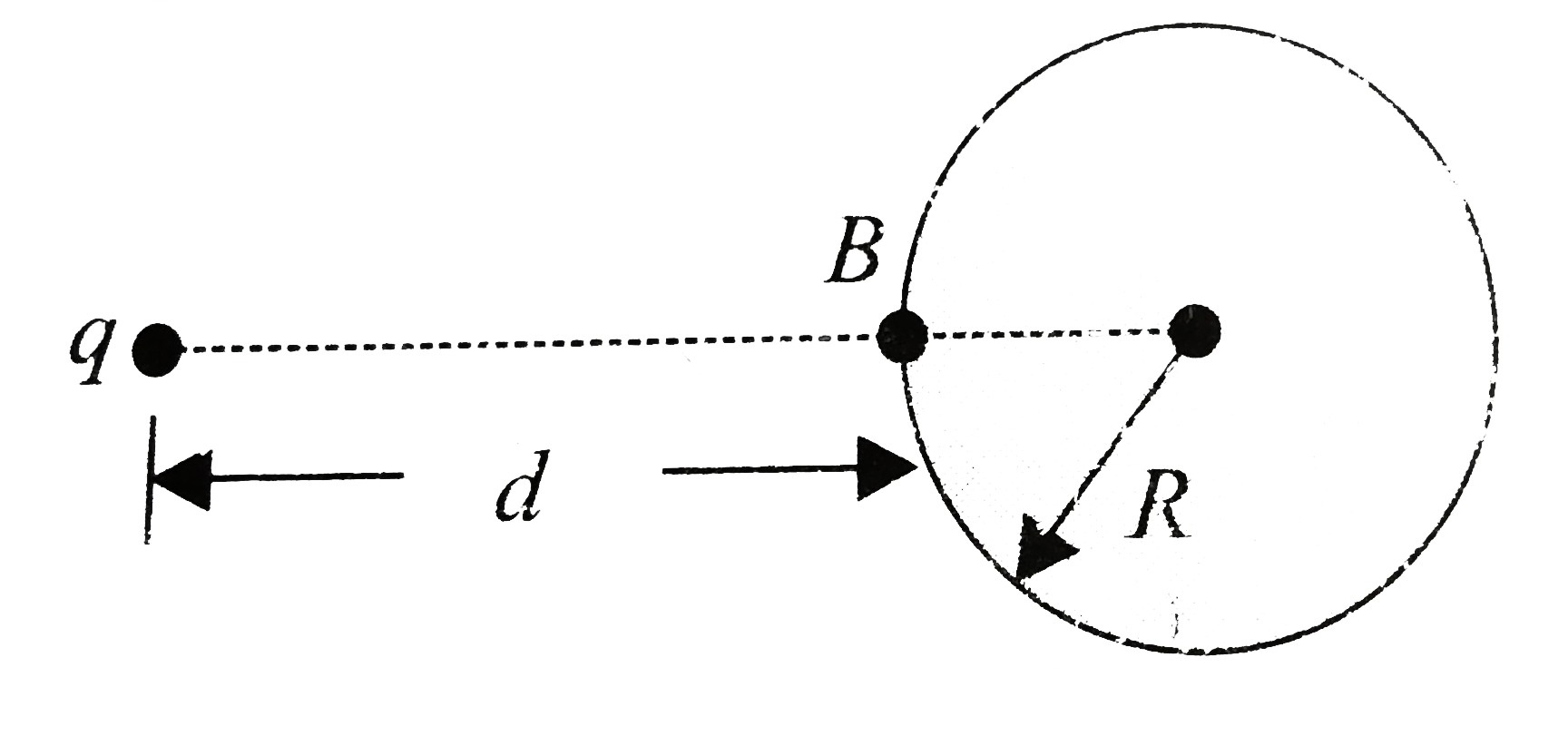Consider Gauss's law
Then, for the situation shown in figure at the Gaussian surface

A
would be zero.
B
due to both would not be zero
C
due to both would not be zero.
D
due to would be zero.
Video Solution
Text Solution
The correct Answer is:B, D
In of Gauss's law , is due to all point charges present in space and depends only on the enclosed charges.
|
Topper's Solved these Questions
- ELECTRIC FLUX AND GAUSS LAWBook:CENGAGE PHYSICSChapter:ELECTRIC FLUX AND GAUSS LAWExercise:Comprehension
Explore 36 Videos
- ELECTRIC FLUX AND GAUSS LAWBook:CENGAGE PHYSICSChapter:ELECTRIC FLUX AND GAUSS LAWExercise:Subjective type
Explore 7 Videos
- ELECTRIC FLUX AND GAUSS LAWBook:CENGAGE PHYSICSChapter:ELECTRIC FLUX AND GAUSS LAWExercise:Single Correct
Explore 40 Videos
- ELECTRIC CURRENT AND CIRCUITBook:CENGAGE PHYSICSChapter:ELECTRIC CURRENT AND CIRCUITExercise:Interger
Explore 8 Videos
- ELECTRIC POTENTIALBook:CENGAGE PHYSICSChapter:ELECTRIC POTENTIALExercise:DPP 3.5
Explore 14 Videos
Similar Questions
Knowledge Check
Consider the situation shown in the figure.

Find acceleration of A.A2g7Bg7C3g7D2g5Consider the situation shown in the figure.

Find acceleration of B.Ag7B2g7C3g7D2g5For the situation shown in the figure, select the correct statements (s).
 APotential of the conductor is q/4πε0(d+R)BPotential of the conductor is q/4πε0dCPotential of the conductor cannot be determined as nature of distribution of induced charges is not known.DPotential at point B due to induced charges is −qR/4πε0(d+R)d
APotential of the conductor is q/4πε0(d+R)BPotential of the conductor is q/4πε0dCPotential of the conductor cannot be determined as nature of distribution of induced charges is not known.DPotential at point B due to induced charges is −qR/4πε0(d+R)d
For the situation shown in the figure below, mark out the correct statement(s) :

View SolutionConsider the situation as shown in the figure. Find TminTmax.

View SolutionConsider the situation shown in the given below. What are the sign of q1andq2 ?
View SolutionConsider the situation as shown in the figure. Choose the correct option.

View SolutionIn Gauss' s theorem ∮sEds=qε0 The surface integral is evaluated by choosing a closed surface called the Gaussian surface. Here
View Solution



